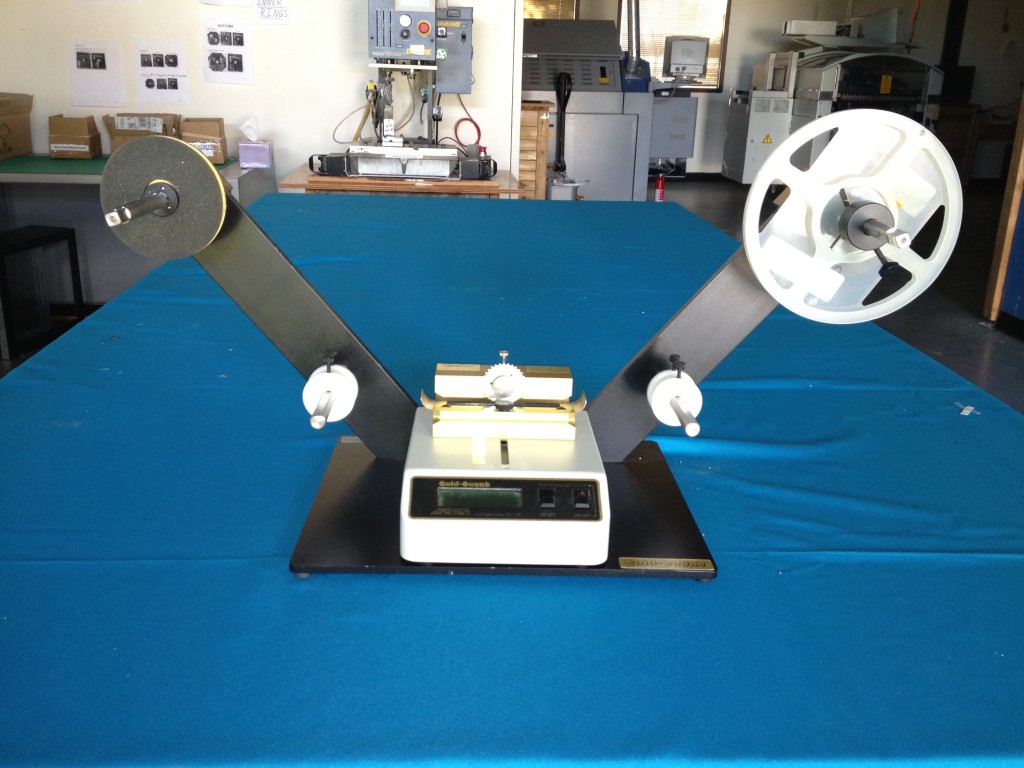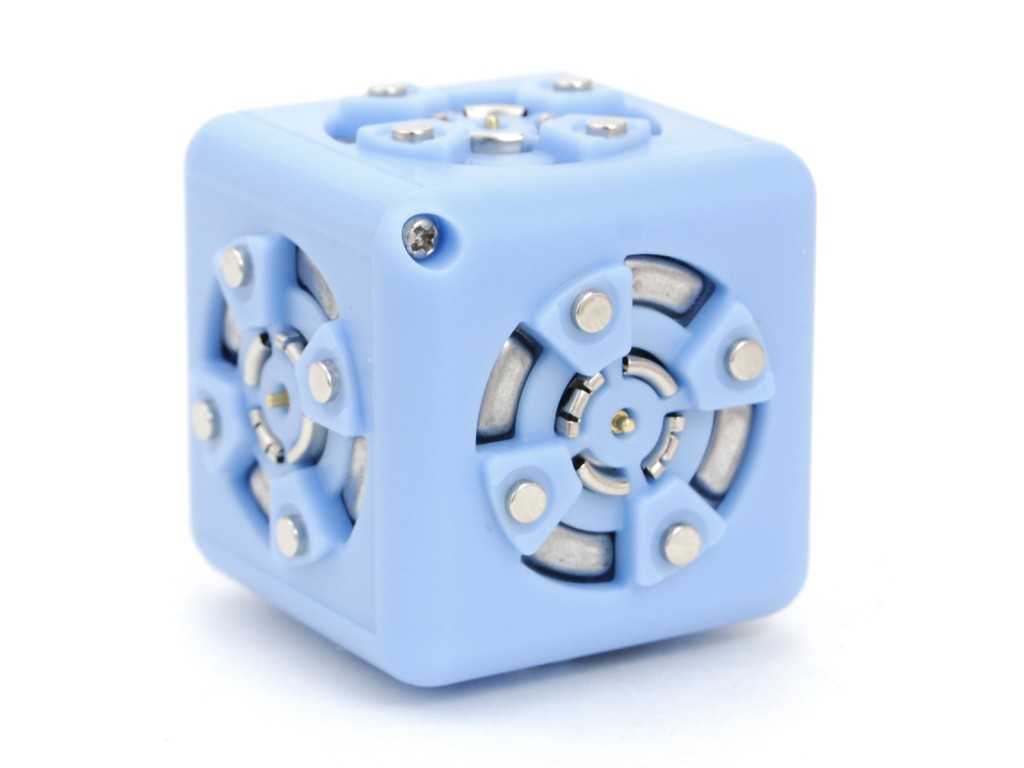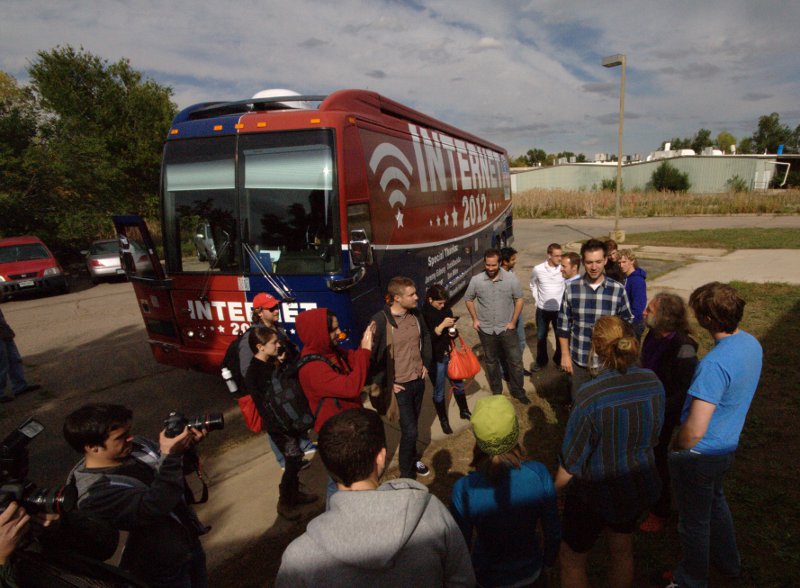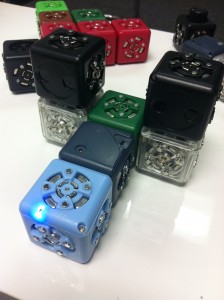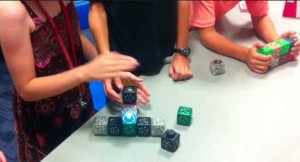Somehow I ended up as a mentor for Haxlr8r, the Shenzhen-based hardware startup incubator. I think they just wanted my name on the list — I haven’t actually mentored anyone or heard anything from the Haxlr8r people in two years other than an interview request from Zach Smith, who manages the whole thing. I picked one question to answer, but since they never published it, I guess my answer was wrong. Here it is anyway for posterity and your enjoyment.
Zach: Many have said that the hardware landscape is looking more like software with lower costs to entry, better prototyping tools, and faster turnaround times. Do you think this is accurate? What are the critical/important differences in your mind?
Eric: No way. Maybe on the same sort of evolutionary time scale upon which humans become more like birds whenever people who can jump really high have kids, but nowhere near close. Software is often really easy to make and distribute, but hardware is hard.
We’re getting close to having Tony Stark basements. The prototyping shop at Modular Robotics is pretty awesome; we can make complex, high-resolution electromechanical thingamajigs really quickly. We can make things in our shop that we couldn’t have made five years ago. We can iterate on designs for tiny robots several times in a day! But the engineers working in our fancy shop only create a few of anything, not thousands, and it always takes an obscene amount of money, time, and energy.
The critical difference between making hardware and software is that we’ve got a pretty amazing replication and distribution mechanism in place for software. Write a browser extension, upload it to SourceForge, and you’re done. Hardware needs to be soldered and tested and packed in little boxes then placed on the brown truck. It’s really not trivial. Hardware has mass.
Comparing something that has mass to something that doesn’t is a nice place for metaphors but is hard to digest. It’s like comparing ideas to tires, rock ballads to doll house furniture. But hardware doesn’t have to be like software! If everyone could make and replicate any sort of hardware stuff we want, we’d be buried in grey electromechanical goo. SourceForge has more than 300,000 simultaneous projects that are currently ready for you to download for free. If we could make almost instant, almost infinite copies of everyone’s shitty toy robot kit, we’d be in trouble.

